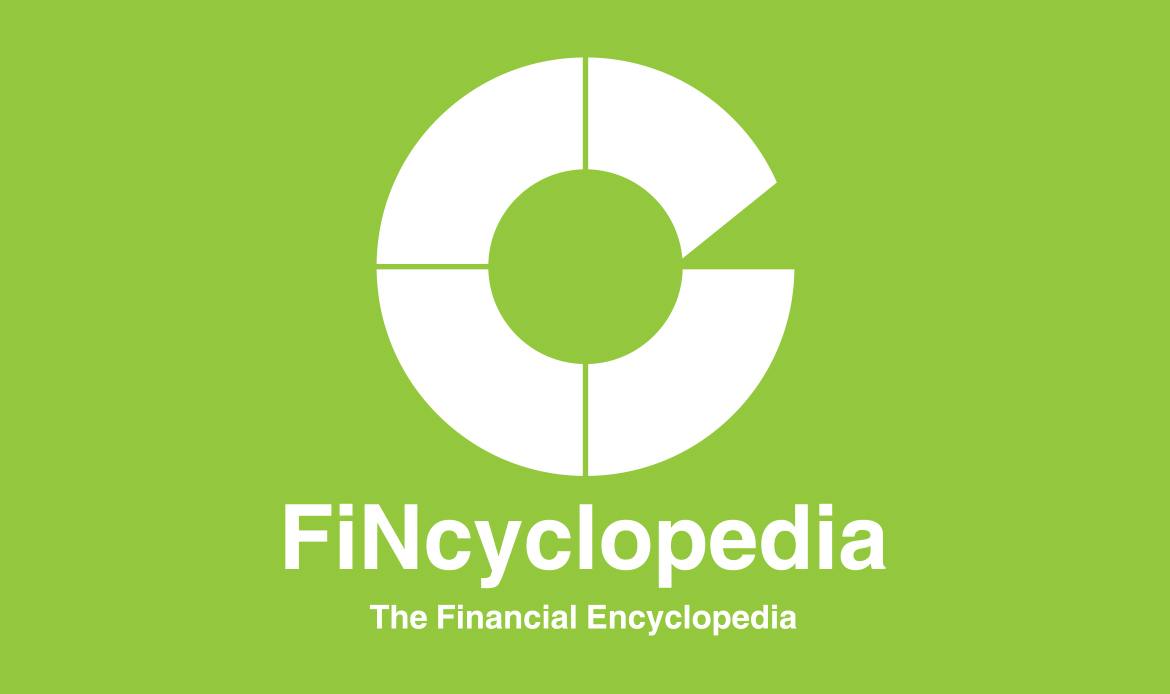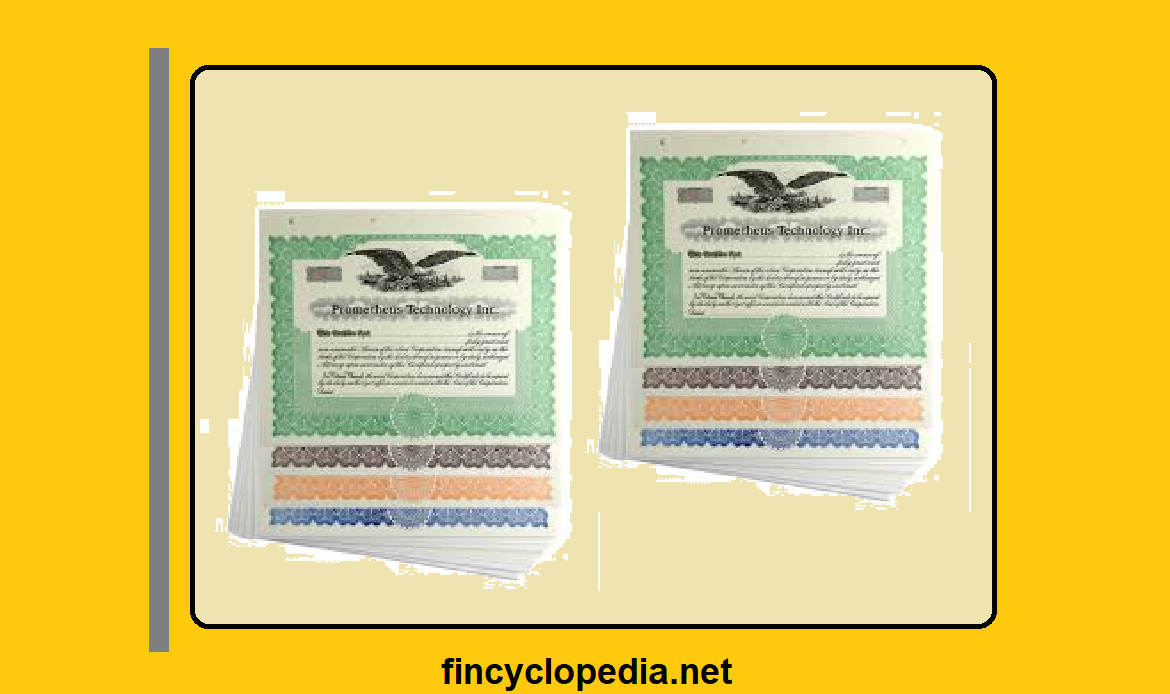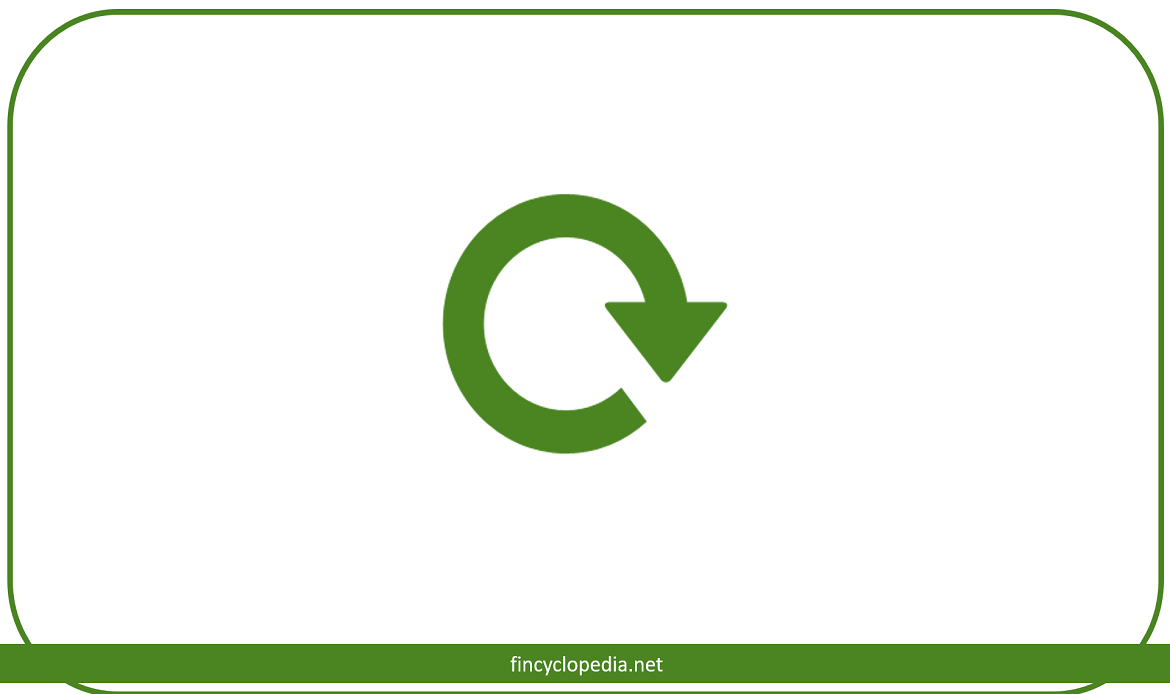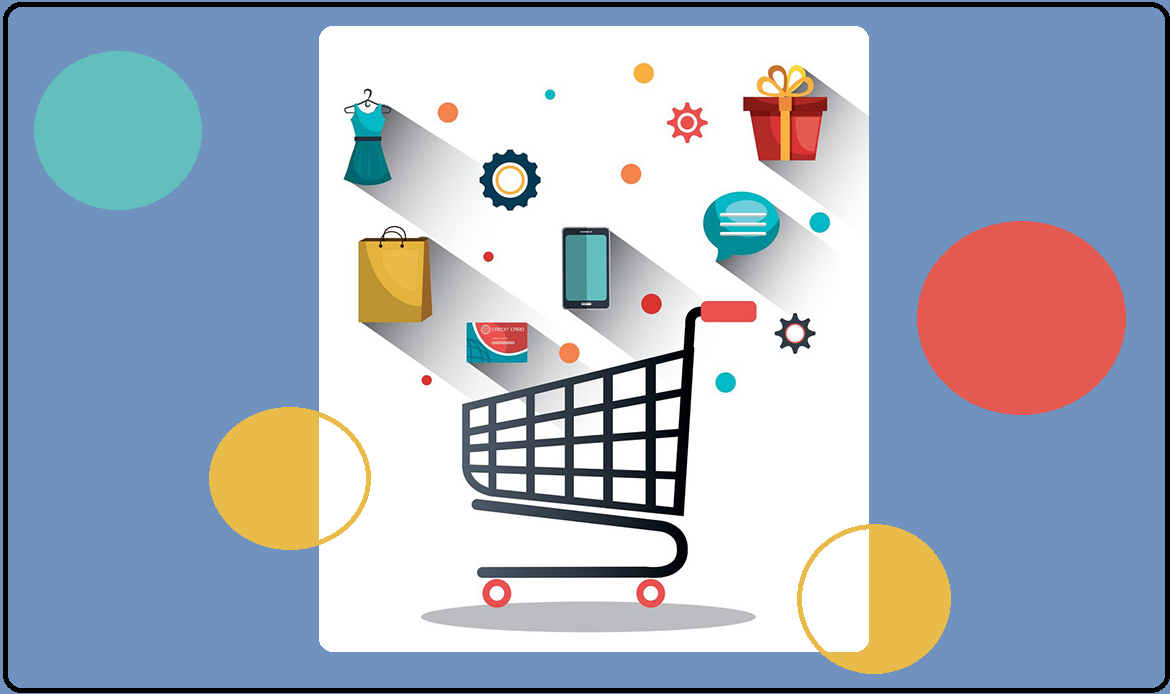The return from a bond that reflects the increased total yield of the bond resulting from buying or selling it to take advantage from changes along the yield curve. Rolling down the yield curve may involve selling bonds before maturity date, in order to get an enhanced yield (as compared to a buy-and-hold strategy).
It is the amount of yield that results from an increase in interest rates over a certain e period before the current yield exceeds a bond’s yield to maturity (YTM). The holder who sells the bond will get a price higher than the original purchase price, in addition to any coupon payments that have already been received up to the date of selling. In other words, bond return may be enhanced by selling it at its highest price and rolling (re-investing) into a longer maturity bond. Typically, bonds with longer maturities provide higher yields to compensate investors for a longer period of uncertainty, while bonds with lower yields have higher prices, reflecting the opposite scenario, and assuming coupon rates and maturity remain unchanged.
This strategy is known as roll-down return.





